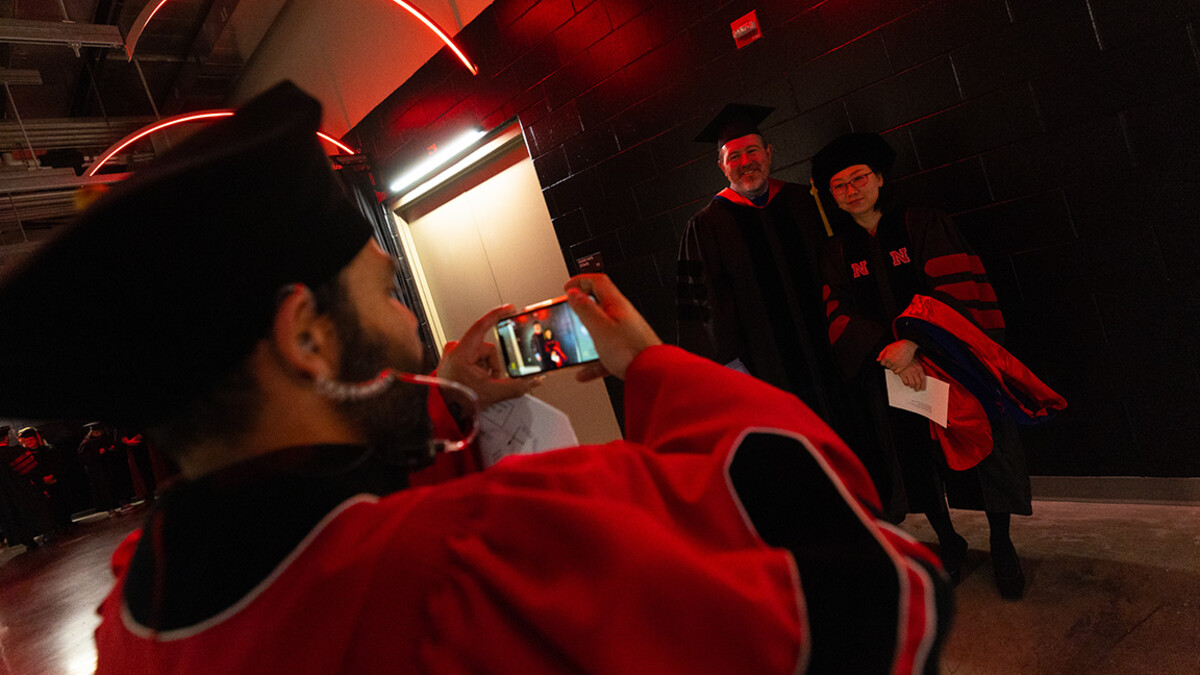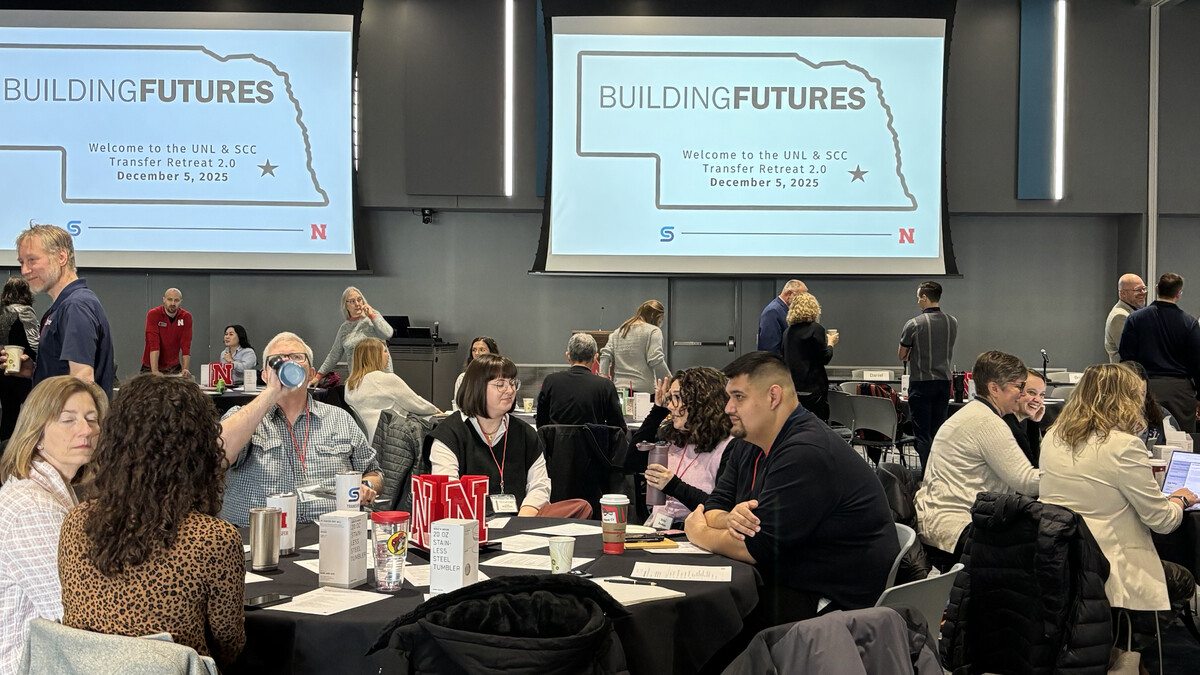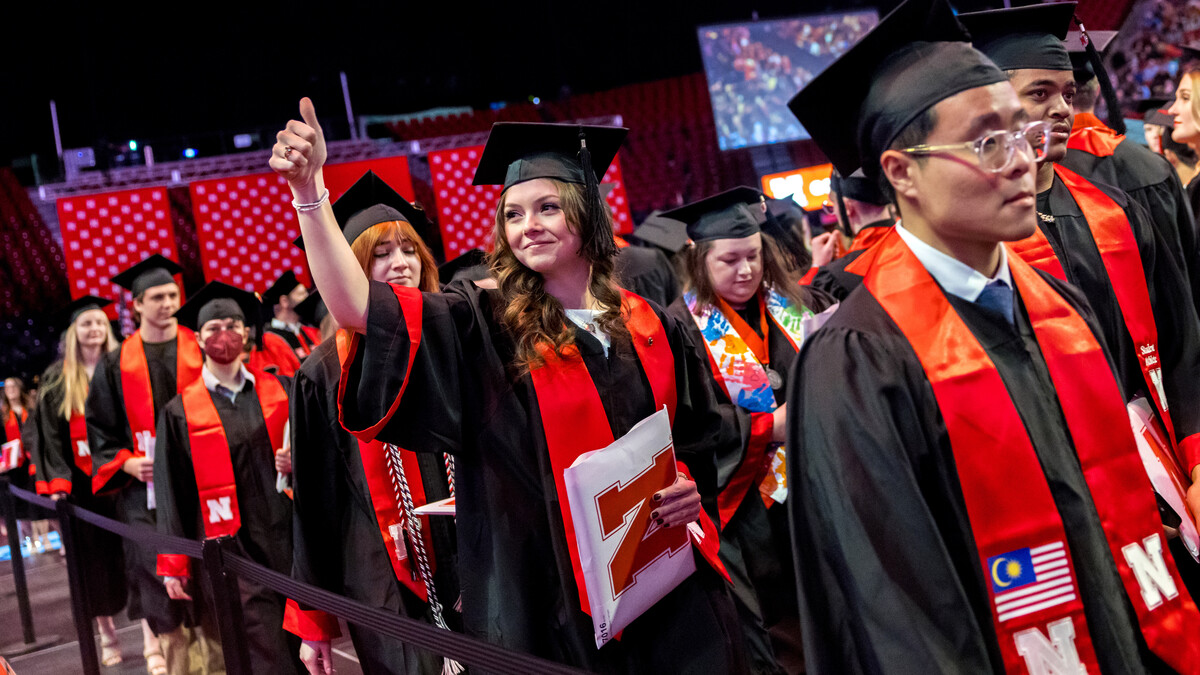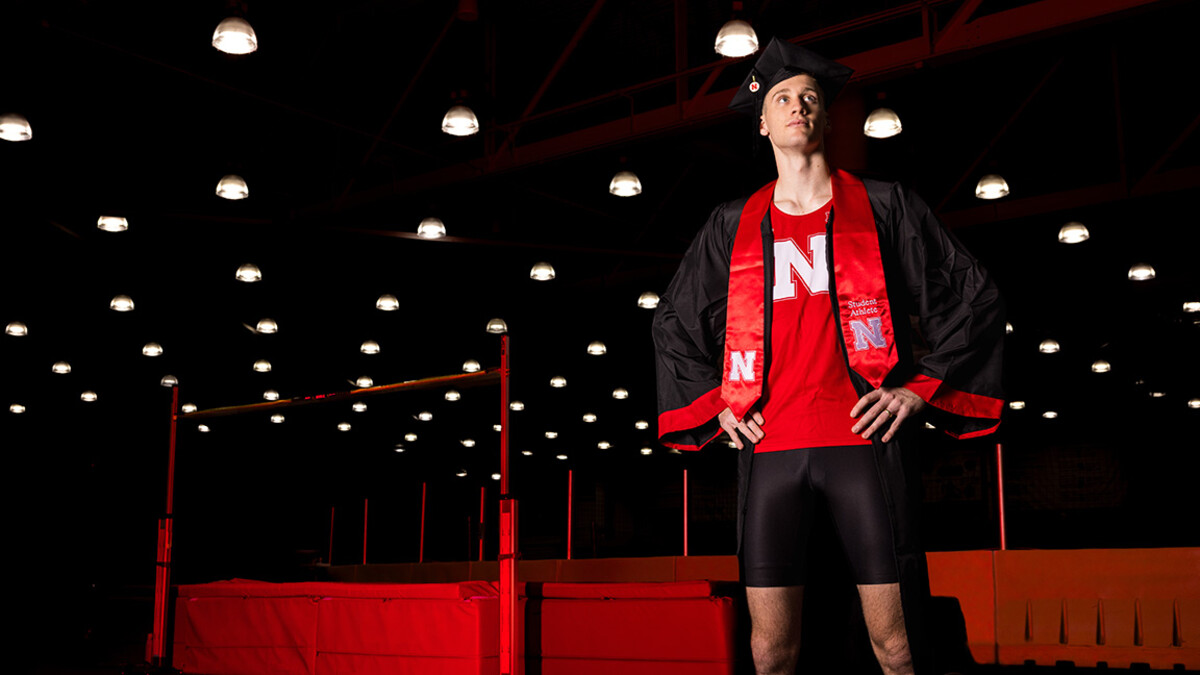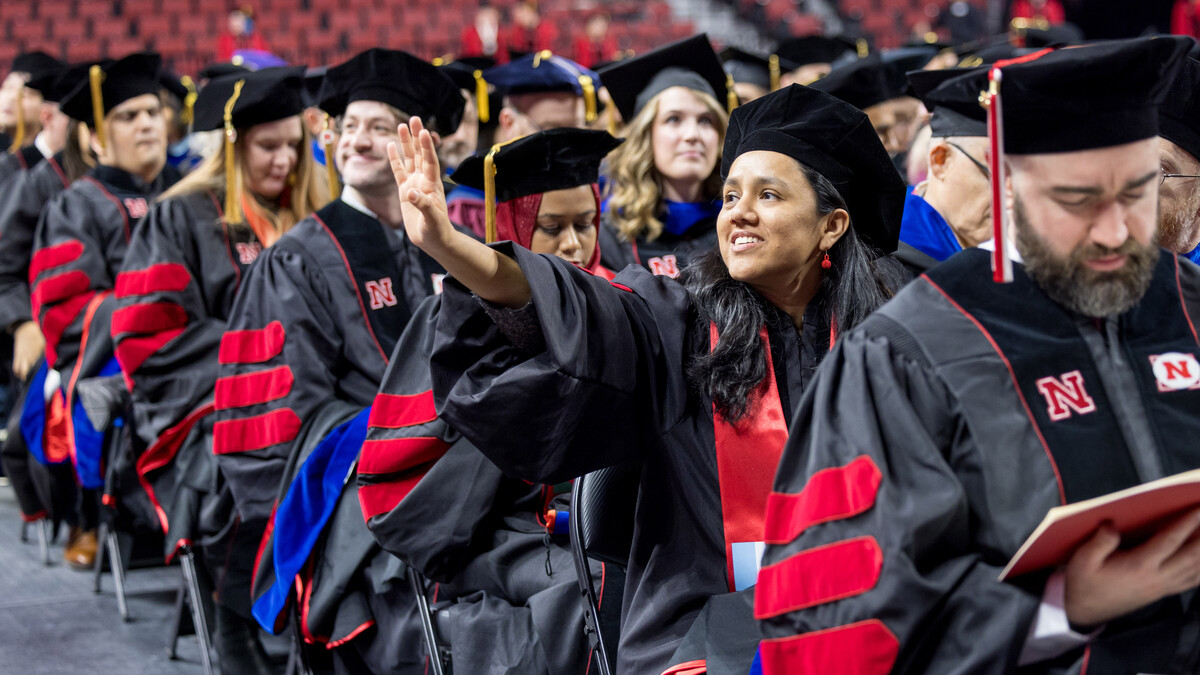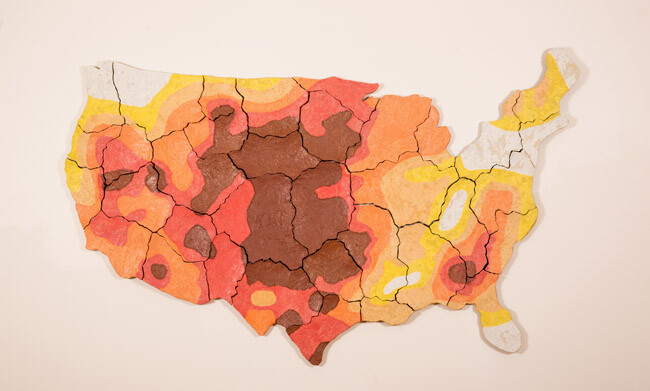
The scientific debate over whether human activities are the principal cause of climate change is over, a new report from UNL says. The only debate to be had now is “precisely how these changes will play out and what actions we will need to take to adapt to and mitigate the effects of these changes.”
The report, titled Understanding and Assessing Climate Change: Implications for Nebraska, is being released this week. It is available at this site.
Donald Wilhite, founder of the National Drought Mitigation Center, said the report was prepared by reviewing the scientific literature on the subject and interpreting scientists’ current understanding of the science of climate change and its implications for Nebraska.
For all of the ongoing political debate over climate change, the science is clear, and is the subject of “overwhelming consensus” among scientists, the report says in its executive summary.
“The body of scientific evidence confirms with a high degree of certainty that human activities in the form of increased concentrations of greenhouse gases since the beginning of the Industrial Revolution, changes in land use, and other factors are the primary cause for the warming that the planet has experienced, especially in recent decades,” the report says.
The report says the projected climate changes are of “vital concern” and calls for strategies to adapt to the climate changes now underway.
The report summarizes scientific research on climate change, noting that changes in climate have occurred throughout the planet’s history but more accurate observations since the 1970s documented these changes and the role increasing concentrations of greenhouse gases and aerosols have played in the changes detected.
In its latest assessment report, the Intergovernmental Panel on Climate Change now states with 95 percent confidence that human influence is the main cause of the observed warming in the atmosphere and oceans. It is projected that the continued emissions of greenhouse gases will cause further warming and changes in these components of the climate system.
Changes noted globally are reflected in Nebraska, which has experienced an overall warming of about 1 degree Fahrenheit since 1895, the report says. When this is separated into daytime highs and nighttime lows, the trend in low temperatures is greater than the trend in high temperatures, both of which show an overall warming. These trends are consistent with the changes experienced across the Plains states in general, which show a warming that is highest in winter and spring and a greater warming for the nighttime lows than for daytime highs.
By far, the majority of this warming has occurred during the winter months, with minimum temperatures rising 2.0 to 4.0 degrees per century and maximum temperature increases of 1.0 to 2.5 degrees per century. Summer minimum temperatures have shown an increase of 0.5 to 1.0 degrees per century at most locations, but maximum temperature trends generally range from -0.5 to +0.5 degrees per century.
Unlike temperature, however, there is no discernable trend in mean annual precipitation in Nebraska. Since 1895, the length of the frost-free season has increased by five to 25 days across Nebraska, and on average statewide by more than one week. The length of the frost-free season will continue to increase in future decades, the report says.
Projected temperature changes for Nebraska range from an increase of 4-5 degrees (low emission scenarios) to 8-9 degrees (high emission scenarios) by the last quarter of the 21st century (2071-2099). The reason for the projected range in temperature increases is largely due to the uncertainty associated with future emissions of greenhouse gases. If climate change continues on its current path, the changes will likely be in the 8-9 degrees range.
Whichever scenario plays out, the number of 100-degree-plus days is projected to increase significantly in Nebraska and the Great Plains. By mid-century, the increase in Nebraska would equate to summer temperatures equivalent to those experienced during the 2012 drought and heat wave. The number of warm nights – those with the temperature remaining above 80 in the southern Plains and above 60 in the northern Plains – will rise dramatically.
In Nebraska, the number of those warm nights is expected to increase by 20 to 25 for the low emissions scenario and 25 to 40 for the high emissions scenario.
As for precipitation, current trends for increases in the northern Plains are likely to become more pronounced, while the southern Plains will continue to become drier. Little change in precipitation in winter and spring is expected in Nebraska, while any summer and fall increases will be minimal. It is likely that drought frequency and severity would increase in Nebraska, the report says.
Current and continued projected reduction in snowpack in the central and northern Rocky Mountains will continue to affect Nebraska in reduced flows in the Platte and Missouri rivers.
Changes in temperatures in Nebraska as elsewhere will benefit some and harm others, the report says.
“However, the changes in climate currently being observed extend well beyond temperature and include changes in precipitation amounts, seasonal distribution, intensity, and form (snow vs. rain). Changes in the observed frequency and intensity of extreme events are of serious concern today and for the future because of the economic, social and environmental costs associated with responding to, recovering from, and preparing for these extreme events in the near and longer term.”
Wilhite said report authors invited experts from key sectors in Nebraska to prepare commentaries about the implications of current and projected changes in climate on their sectors. These commentaries – from interests in water resources, energy supply and use, agriculture, forestry, human health, ecosystems, urban systems, infrastructure and rural communities – “raise serious concerns about how the projected changes in climate will impact Nebraska, and they provide a starting point for discussions about the actions that we should take to adapt to the changes in each sector.”
These specific sectors all have a role to play in responding to climate change, the report says.
“Early adapters will be better able to cope with changes as they occur. … Action now is preferable and more cost-effective than reaction later,” the executive summary concludes.


